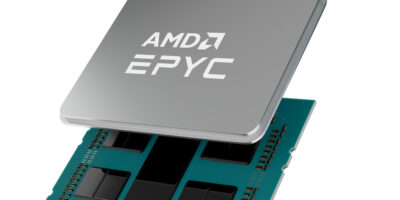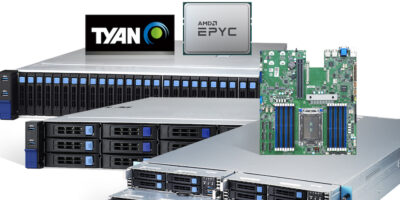Driver demonstration boards, based on Efficient Power Conversion (EPC)’s fast transition EPC2034C eGaN FETs, allow a lidar system to see farther and faster, says the company.
The 200V, 12 sq mm EPC2034C eGaN FETs enable the EPC9150 to generate a 220A laser pulse peak in a pulse width that is only 2.9 nanoseconds wide. The high current increases the range of the lidar system, while the short pulse width leads to higher resolution. The small size and low cost make eGaN FETs and ICs ideal for lidar applications from automotive to industrial robotics and security, confirmed EPC.
A lidar system can be used to create 3D maps for autonomous vehicles, to determine speed and detect objects as part of its safety system. eGaN FETs and ICs provide the high current pulses, narrow pulse widths and small form factor that make high performance lidar practical for the constrained spaces of automotives, and affordable.
Engineers and driver assistance developers can use the EPC9150 to demonstrate the rapid transition capability of the EPC2034C eGaN FETs which provide power pulses to drive the laser diodes, VCSELs or LEDs up to 10 times faster than an equivalent MOSFET, said EPC. The company also pointed out that the eGaN FETs are in packages that are a small fraction of the area, energy, and cost of MOSFETs. The FETs can therefore, said EPC, enhance overall performance, including accuracy, precision, and processing speed as well as the price of a lidar system.
The EPC9150 ships with an interposer board. The interposer board is a collection of break-away 5.0 x 5.0mm square interposer PCBs with footprints to accommodate different lasers, RF connectors, and a collection of other footprints designed for experimentation with different loads. The use of the interposers allows many different lasers or other loads to be mounted, allowing users to test the performance with the load requirements that are appropriate to their application.
The EPC9150 demonstration board is available for immediate delivery from distributor, Digi-Key and EPC.







